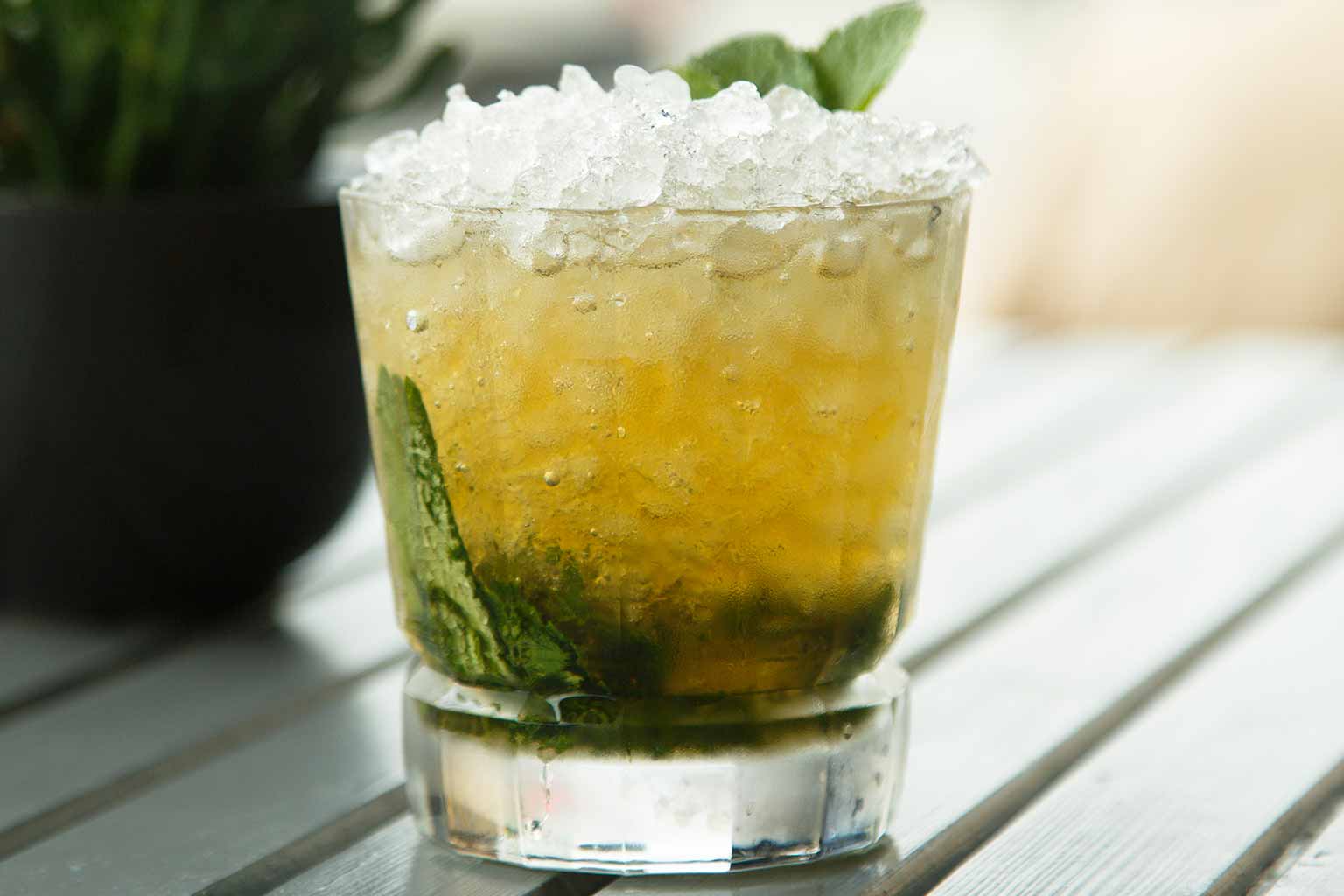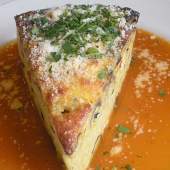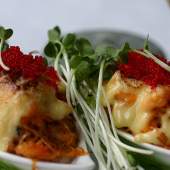Bourbon

“I have never in my life seen a Kentuckian who didn’t have a gun, a pack of cards, and a jug of whiskey.”
— President Andrew Jackson
“Too much of anything is bad, but too much good whiskey is barely enough.”
— Mark Twain
“Never delay kissing a pretty girl or opening a bottle of whiskey.”
— Ernest Hemingway
There are a few notable attributes we all associate with the commonwealth of Kentucky: the Kentucky Derby, of course; KFC; the Louisville Slugger baseball bat; the Hot Brown sandwich; and Louisville native Muhammad Ali. But perhaps more profound than any of these is the Bluegrass State’s very own, highly lucrative invention: bourbon whiskey, the sole alcoholic spirit that is native to the United States.
There’s no law saying that all bourbon has to be manufactured in Kentucky (it does have to be made in the U.S. to be categorized as such, though), but the state is the current supplier of 95% of the world’s bourbon. And today, there are about two million more bourbon barrels than there are inhabitants in the state. (Ponder that for a moment.) Needless to say, bourbon distilling is a thriving (if heavily regulated) industry for Kentuckians and other U.S. manufacturers, especially since Mad Men made bourbon cocktails chic again.
This week, we celebrate National Bourbon Day, in honor of a corn-based libation that has enjoyed a long and fascinating history. How long and how fascinating? Read on…
Back in pre-Colonial times, homegrown corn (or maize) was used in a variety of ways (in porridges, breads, dumplings, puddings, and other dishes, and also as currency), and corn whiskey was initially created for private consumption. It wasn’t until 1783, when the first distilleries were established in Louisville along the banks of the Ohio River, that corn whiskey went commercial.
The “bourbon” name stemmed from the Whiskey Rebellion, a bitter dispute between angry distillers and George Washington, who had been advised by his Treasury Secretary Alexander Hamilton that levying a tax on the sale of distilled spirits would be a great way to pay off lingering state debts from the Revolutionary War. The wily distillers, however, found plenty of ways to get around paying the tax (including flat-out refusing, and tarring-and-feathering the tax collectors). So, in 1791 an exasperated Washington, in cahoots with future president and then-Virginia governor Thomas Jefferson, decided to encourage the troublemakers to colonize the much-emptier western part of Virginia (now Kentucky) by offering applicants 60 free acres of land. Jefferson (who later repealed the tax) then extracted promises from the settlers that they would use their plots to grow “native corn,” and dubbed the area “Bourbon County” after a prominent French dynasty. (That this all-American patriotic beverage would end up with a French name is undeniably ironic, but our “epicurean president” was a serious Francophile.) The name stuck, and the area is a major bourbon producer to this day.
More fun facts about bourbon:
- We mentioned bourbon barrels earlier — these are always made from charred oak, and by law, can be used only once — after the aging process is completed, they are supposed to be discarded. But while making bourbon in a used barrel is prohibited, other forms of alcohol — especially beer — benefit mightily from this method. Which is why you see a plethora of “bourbon barrel-aged” craft beers on store shelves. (KOVAL Distillery’s co-founder, Dr. Sonat Birnecker Hart, provides a great primer on this and much more to David Manilow on Chat, Please!)
- The Volstead Act (otherwise known as Prohibition) dealt a heavy blow to distillers, bar owners, and other retailers during its 13 years of enforcement. But there were a few rare exceptions allowed, if people could prove the alcohol was being purchased for religious or medicinal purposes (by prescription only). Those exceptions were the only thing that kept many alcohol producers in business during that “dry” period.
- Corn whisky that hasn’t been aged (you can tell because it’s clear) can’t legally be termed “bourbon.” Nevertheless, it’s sold anyway, and it does have a name: White Dog.
- Drinking straws as we know them today were invented because of that Kentucky Derby mainstay, the Mint Julep. Originally they were made from a stalk of ryegrass, which degraded quickly and left an unappealing aftertaste. One day in the 1880s, as Marvin Stone attempted to sip a mint julep through his makeshift (and quickly disintegrating) straw, he decided that there must be a better way. He wrapped strips of paper around a pencil and glued them together. Voila! A sturdy straw that didn’t ruin the taste of his drink. Later, Stone patented an even hardier straw fashioned from wax-coated manila.
- Is the Manhattan your cocktail of choice? You can thank Sir Winston Churchill’s mother (an American, as it happens). Lady Randolph Churchill, it is rumored, had the drink created to celebrate the 1874 election of Samuel Tilden to the office of New York governor. It’s made with bourbon (or rye), bitters, and sweet vermouth.
- What does Japan have to do with Kentucky bourbon? Quite a bit, as some of the largest and bestselling brands — such as Jim Beam, Knob Creek, Four Roses (William Faulkner’s favorite), and Basil Hayden’s — while still originating in the U.S., are now owned by Japanese corporations, who are getting into whiskey production in a big way to meet increasing demand.
So, whether you prefer these brands or others such as Evan Williams, Rebel Yell, Fighting Cock, Old Grand Dad, Old Forester, Old Overholt, or Old Crow (a pattern, perhaps?), know that September is National Bourbon Month, so you have a good excuse to celebrate again then. Cheers!





